Page 4 of 10
Studio Portraits
Our goal for next class is to create portraits using artificial light. Use your clamp light (or any other controlled light source) to create variations on the basic lighting arrangements demonstrated in class. Try to create:
– Rembrandt Lighting, with your light source approximately 45 degrees to the right or left of the subject and 45 degrees above their head.
– Butterfly Lighting, with your light directly above the camera and subject
– Split Lighting, with your light hitting one side of the subject face, coming at a 90 degree angle from either side
– Lighting on the Broad Side of the subject, with your light hitting the side of the subject’s face that is turned toward the camera
– Lighting on the Short Side of the subject, with the light hitting the side of the subject’s face that is turned away from the camera
Pay attention to the way that the light falls on your subject and adjust your set-up flatter your subject or emphasize certain features.
Remember to also consider your background. It does not need to be white or black. Use fabric or bed sheets for a single color or simple patterns. A clean wall can also work, just be sure to remove any distractions.
As usual, shoot and upload at least 40-50 images, then share your best 4-5 with the group.
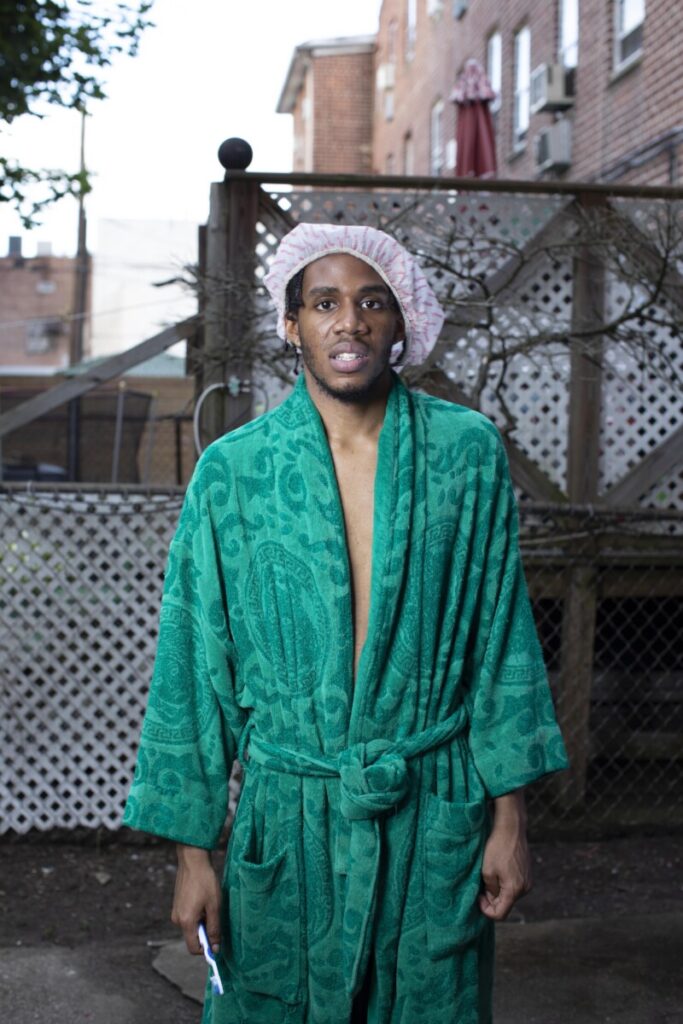

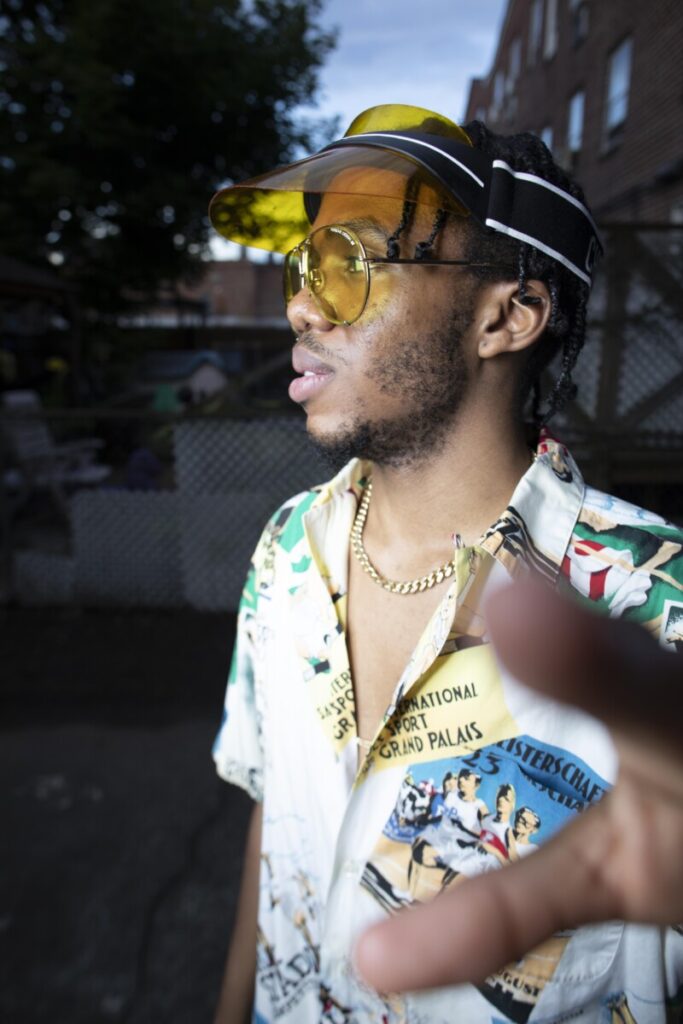
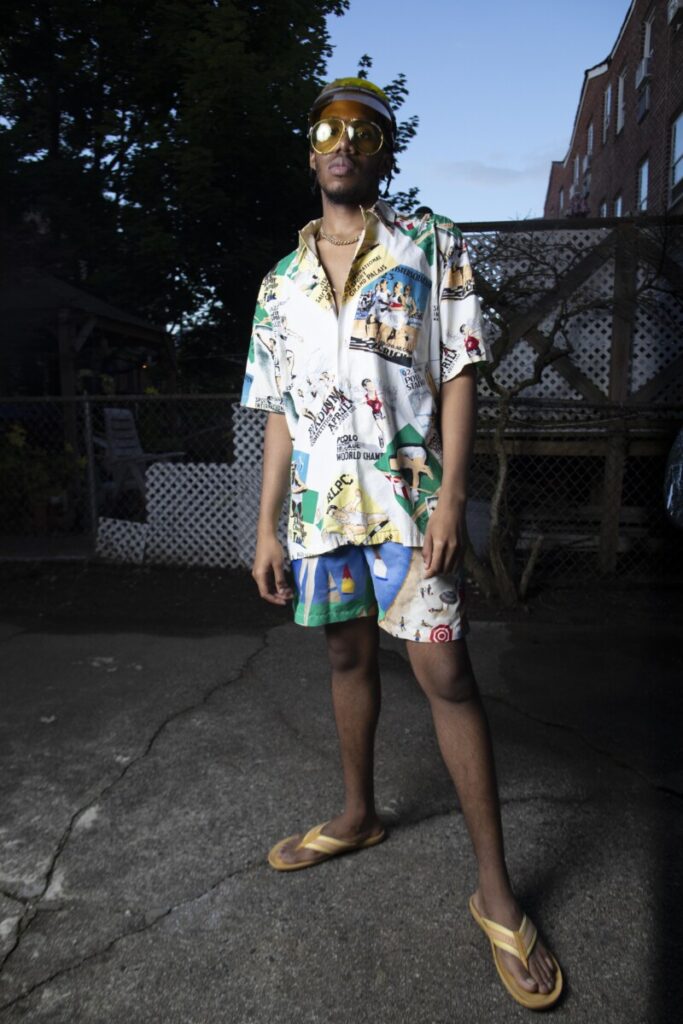
Required Tools: Camera, model, clamp light
Location: Inside a darkened room, and inside near a window
Duration: 60 minutes
Premise:
This week’s lab session will continue from last week’s portraiture session, and will also incorporate the lighting techniques that we examined the previous week. We’ll look at some of the ways that lighting can create a mood or emphasize particular qualities in your sitter.
Objective:
Work with a family member, friend-in-your-pod, or use yourself as the model, to create interesting portraits using artificial light sources.
Create a studio arrangement in your home with appropriate seating, a backdrop, and enough room to work comfortably with your subject to compose portraits. Experiment with your clamplight to light the subject’s face in different ways. Try to create Rembrandt Lighting, Direct or Butterfly Lighting, Split Lighting, Broad Side and Short Side Lighting. Add a second clamp light or move close to a window for fill light if possible. Remember to pay attention to framing, shooting close-up.
Submission:
Shoot at least 20-30 images and upload them to Flickr. Share your best 3-4 with our group. Create a new post in our OpenLab course with your best images.
Environmental Portrait
The assignment for next week is to shoot an environmental portrait; meaning a picture of someone in an environment that is representative of who they are.
The subject of your images should be in a space that reflects their personality, their personal biography or their cultural background. Your subject can be a family member, close friend or someone you know from your neighborhood.
Your subject can and should wear a mask for the portrait if they are not in your pod.
Your subject should be engaging with you and aware of your presence as you photograph them. It is critical that they break from what they’re doing to pose for the portrait.
Once again please upload 40-50 images then share your best 4-5 with the group.
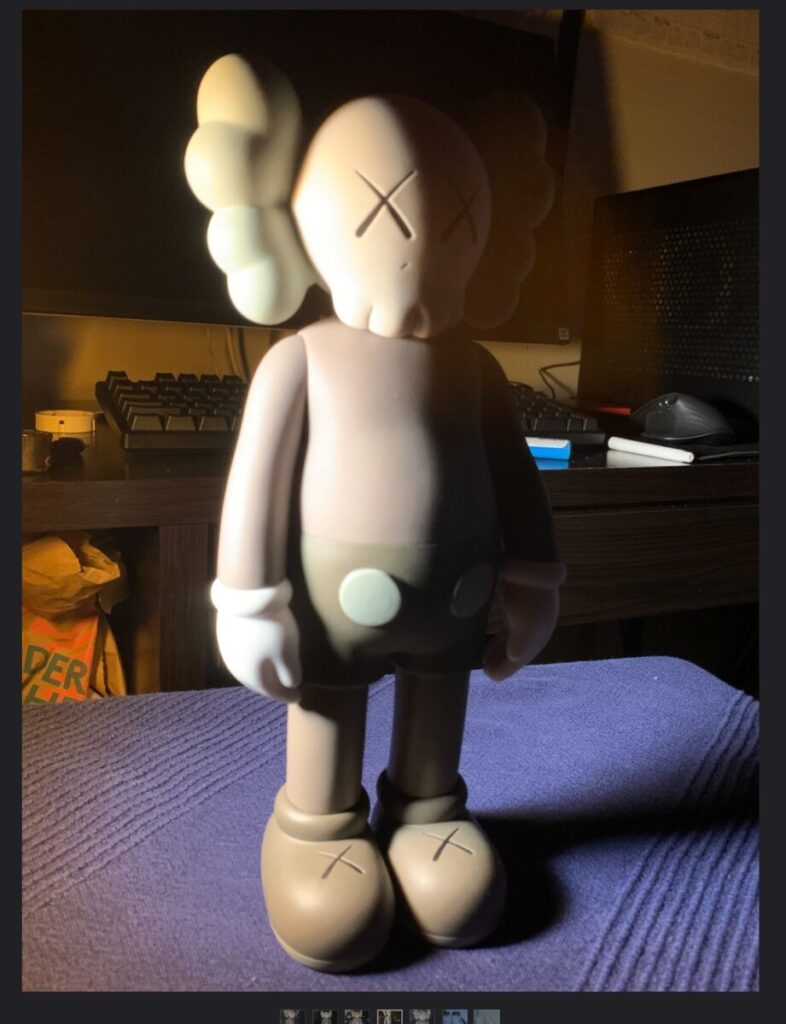
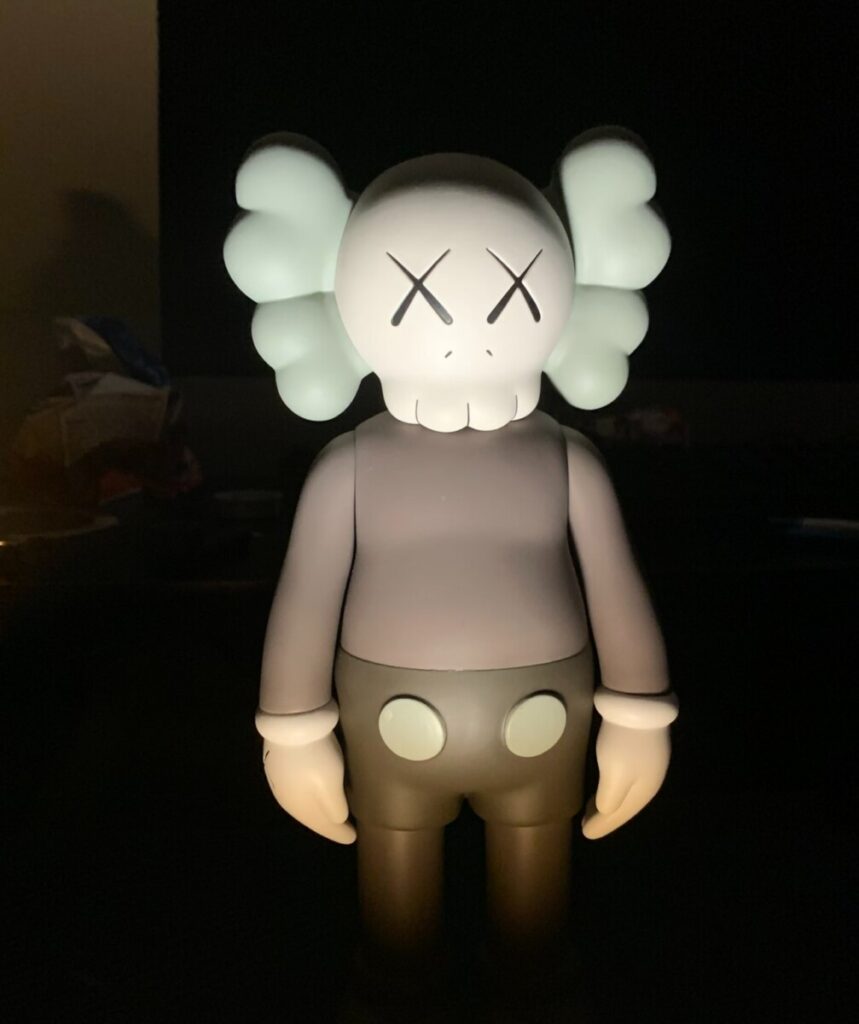
Required Tools: Camera, model
Location: Inside near a window or outside
Duration: 60 minutes
Premise:
Our objective for this week’s lab session is to explore ways that available light can be used for portraiture. We’ll look at a few ways to frame and compose portraits, and to position your subject for ideal lighting.
Objective:
Work with a family member or friend-in-your-pod to create interesting portraits using natural light sources.
Find locations outside, or inside next to a window that allows in sunlight, where you can work with your subject to compose portraits. Study the ways that the light hits your subject’s face. Position your subject, and position yourself in relation to your subject, to optimize the lighting available to you. Pay close attention to how your shot is framed and to your subjects expressions.
Submission:
Shoot at least 20-30 images and upload them to Flickr. Share your best 3-4 with our group. Create a new post in our OpenLab course with your best images.
For this assignment, we were tasked to recreate the works of Gordon Parks. He was a prominent photojournalist and a lot of Parks’ works captured the lives of black communities in 1970s Harlem and as such, I wanted to emulate those for this assignment. Therefore, I decided to capture black lives in 2020s New York City. While wandering the streets of SoHo on a sunny Sunday, I suddenly was disturbed by a group young predominantly black men, walking around, being loud and rowdy. It was not until I paid closer attention to them that I saw I could see joy and happiness on their faces that I realized that they would make the perfect to capture for my assignment. My goal was to capture the expressions of joy and laughter from these young men because I felt it refreshing to witness these young black men incarnating their Black Boy Joy considering the daily woes faced by black people. Just as I assume was Parks’ intention, I wanted to honor Black lives and the beauty within their happiness.
Other happenings I wanted to capture, was an Asian-American manifestation against the hate crimes they are facing. For this image, I wanted to document the current events that are happening in the country and our communities. This is a further homage to Parks’ photojournalistic craft in which we documented life. Asian- Americans hate crimes are extremely pertinent at the moment and I felt my images could serve as a contribution to providing historical evidence for future uses.
Shaped by Light
The goal for this week’s assignment is to create images that show the effect of lighting on a scene. Arrange objects and photograph them using different sorts of artificial light. Once you have created a scene, photograph it repeatedly using different lighting set-ups.
Consider using all white or all grey objects to get a clear view of how shadows change. Try using black items to see how much detail can be lost. Experiment with lighting through transparent objects. Use different lighting devices and modifiers to create different varieties of hard light and soft light.
Shoot 40-50 images, and upload to Flickr. Share your best 4-6 with the group, but share images in sets of 2-3 shots of the same scene with different lighting.
For this assignment, we had to recreate our favorite pictures from Gordon Parks. The image I chose to recreate by Gordon Park is
“The Invisible Man”. I chose to recreate this picture because I liked how the subject sort of sinks into the ground and there is nothing else in the frame. The man truly becomes invisible as he goes into the manhole.
I recreate this picture by using a figure drawing mannequin and cutting out a circle into a piece of paper to simulate the manhole. I used the circle that was cut out as the manhole cover. I thought it would be interesting to use a mannequin to recreate this picture because it doesn’t have any physical feature but it does have a humanoid form and I think it gives new meaning to the title of “Invisible Man”
The second photo I chose to recreate is a self-portrait of Gordon Parks himself. I chose to recreate this photo because I liked the lighting of the shot and I believe every photographer must have a cool self-portrait. I wanted to see if I could take a good self-portrait like Gordon Parks. I tried to take the picture in the mirror but this ended up flipping the image and I couldn’t quite get the light to match Gordon Park’s picture.
For my own submission, I gravitated heavily towards these two works by Gordon Parks. I felt like they really resonated with certain thoughts I’ve had about the current state of things. I also just really enjoyed the process attempting to recreate these works. I did my best to alter the contrast and the darkness of shadows at least feel somewhat like the originals. I feel like in that regard, the second image was the most successful.
The first image I chose called “Emerging Man” features a man rising from a manhole. His expression felt very cautious to me which peeked my interest. I chose to recreate this one because I felt it resonated with the tension and fear men of color have had to experience just stepping out side which to many still feels true to this day. Whether it’s violence on the streets or violence at the hands of of those meant to keep the peace. It’s just too often that we see this excessive violence on the news and attached to the face of a dead man of color.
The next image I picked was of a preacher with his hands raised in silent prayer. It was especially fitting of a pick to me due to current events. This year has not been kind to us with no shortage of stressors. On top of that, the many fatalities at the hands of covid have destroyed many families. My family was not unscathed in all this as I lost my grandfather months ago to covid when he was already in a bad state. I wanted to pick an image that embodied slowing down and taking the time to collect ourselves and reflect. A chance to cherish the ones we have with us now and those we lost along the way.
Required Tools: Camera, clamp light, modifiers
Location: Inside, workspace with table
Duration: 60 minutes
Premise:
The goal for this week is to explore some of the ways that artificial light can be used in a studio setting. We will use very simple tools to examine the way that the arrangement of light sources can affect the quality of light in an image.
Objective:
Take a number of photographs using various configurations of a single light source.
You should arrange a number of objects on a tabletop or flat surface, away from any natural light. Find a stable place for your camera, with an interesting vantage point toward the arranged objects. Position your clamp light in different places to alter the appearance of the image. Try shooting with the light directly in front of, or directly above the objects. Try to set it behind or below. Use paper or fabric to diffuse the light. Use white or black flags to bounce or restrict light.
Submission:
Shoot at least 20-30 images and upload them to Flickr. Share your best 3-4 with our group. Create a new post in our OpenLab course with your best images.
Gordon Parks witnessed a prisoner named Thomas Johnson who became obsessed with collecting sharp knives. He was convicted of the 1956 murder of seven-year old Ronald Wendorf in the restroom of a Sacramento movie theater, who Johnston decided to attack at random to experience a ‘thrill killing’.
They got him strapped in a gas chamber and executed him. I chose the prisoners’ photo because it had a strong impact to what it was like at San Quentin prison in 1957. The public should appreciate the photos of the park because American popular culture was overwhelmed by the romantic notions behind American criminals at the time, and it produced a seductive appeal. A cultural meaning can be found in this work it is the relationship between the photographer and the warden and the relationship between the warden and the prisoner. My best guess is that his camera’s shutter speed and aperture settings come directly from the light source. From the angle of the policeman on the same floor, the light is directed toward the camera lens to the subject.
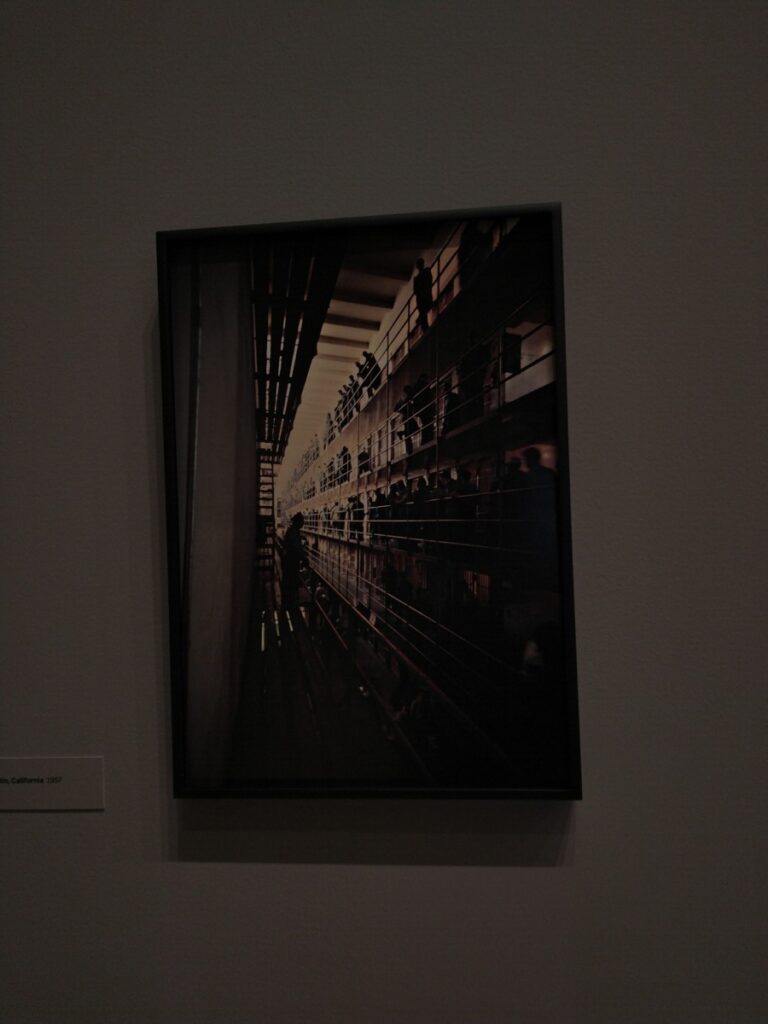
So, the most important element of my creation is the space between two independent groups of people. I took liberties and added my own voice at the MOMA museum of modern art I believe about Parks’ image that he took facing the windows at the aisle where only sun comes in. Some are fades some are only shadows. The end of the light source is somewhat clear. From the worm’s eyes view to crossover the lines that employ for the shot I chose to create a low or high perspective.

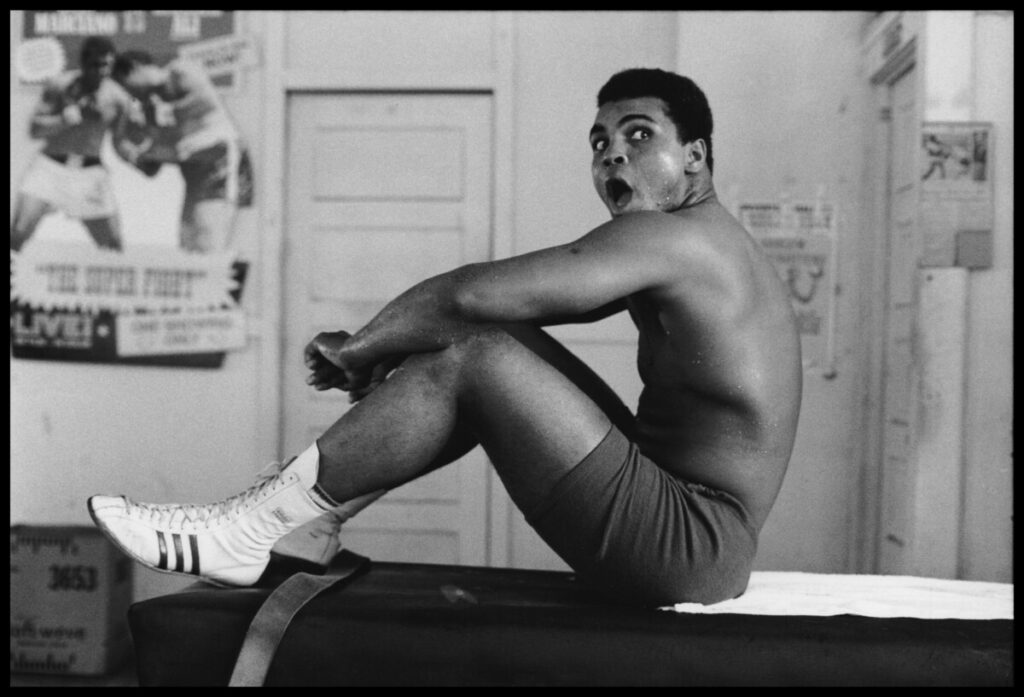
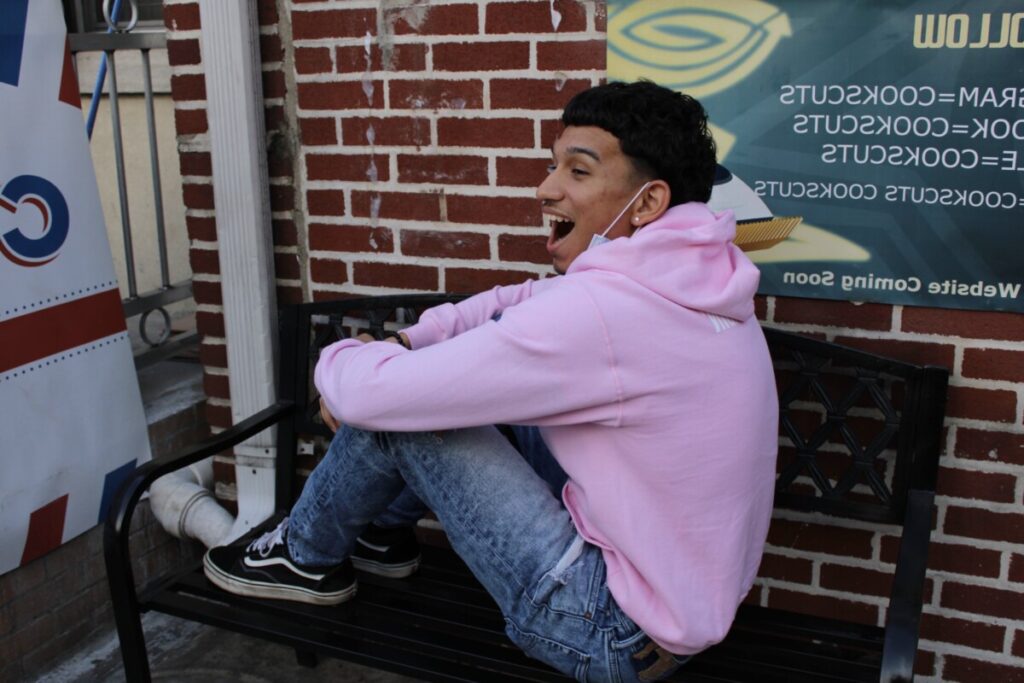
One of the Gordon Parks pictures I decided to recreate was this one of Muhammed Ali which was taken back in 1960-1970’s. I choose to do this picture of Muhammed Ali because it seemed really interesting to me that Gordon Parks and Muhammed Ali got to work together to see what goes on backstage when he’s not in the ring. This image was then used in the maganize of Issue of Life back in 1966. What can be found cultural in his work with this that Gordon Parks has influenced a lot of people especially Muhammed Ali this created an image that americans haven’t seen before. This is what got to basically show people how the boxer works in and out of the ring. I think the public should understand the photo I choose as an interesting photo I guess because it makes you wonder how did that day actually go was it easy, hard, was he happy while taking the photo, did they developed a friendship etc. You know stuff like that.
These particular images matter today because us as humans It feels like we get a glimpse of what life/cameras was back like back then. Capturing something with a camera and putting it out for people to see can also have people like your work but maybe get them to think like wow I should book him or her for my next shoot or I wonder if I can get a shoot from him. The most important elements to preserve in this recreation is to at least capture the image that altough there not in the same environment at least you can tell where the picture is about. There both doing the same thing and I guess it was to also prove that anyone can do that same pose as in the picture I guess.
I don’t know what his shutter speed was for the original photo i’m guessing a 0.6 shutter speed i’m not sure to be honest. Maybe it was less or higher. The light source was black and white it looks like the light was coming in from the window and the light around seems to capture a good lighting to take the picture. The picture I took wasn’t like that there is a mixture of light and dark because this was taken under the train station. In the original picture the angle was basically right in front of him like fully just straight. I don’t know what type of photographic composition for the shots I know I only know that it was straight regular photo.
This recreation of one of Gordon Parks’ photographs, ‘Red Jackson’ is of a Harlem gang leader looking out into the streets. I chose this picture because it can have more than one meaning to it. In todays world everyone is stuck looking out into the world instead of being in it, and like the true story of this photo, the gang leader looks out to the violence and oppression going on, much like today. I also was struck by the use of light and shadow, the light from the sun on the outside shines in on the leaders face, leaving the rest of the photo dark and black, the contrast adds layers to the composition. In my recreation I used a statue of Christ the Redeemer, it was coincidental that it was in my house. There was light coming from a street lamp shining on the surface of the statue. Like the original I tried to make the contrast of the outside light and darkness of the room.

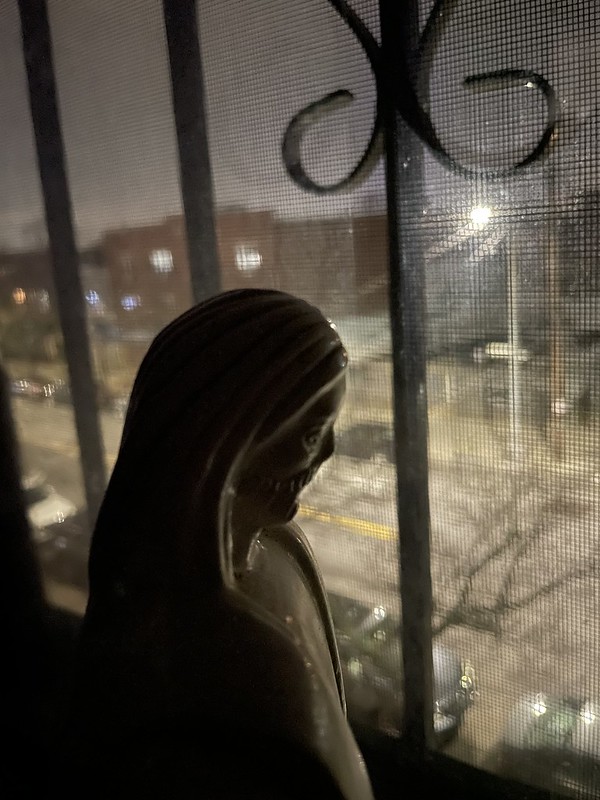
Second recreation of on of Gordon Parks’ photograph is ‘The Atmosphere of Crime’ where he illustrates the scene of crime in New York, San Francisco, Chicago and Los Angeles. This picture caught my attention because of the framing and angle; the first thing that you notice is the border of the frame, it looks like the photo was taken out of a small crack or peephole, but the contents of the composition stands out more. The use of diagonals in the photo lead the eyes down the photo. The use of color makes the viewer focus on the content, as well as the blur and vignette around the edges brings the eyes to focus on what is being showcased. My recreation has similar angles, I wanted to recreate the angle of cars and the sidewalk, the use of lines and diagonals is seen a lot in my photo. The bike lanes lengthens and messes with the proportion, therefore making the photo appear long.
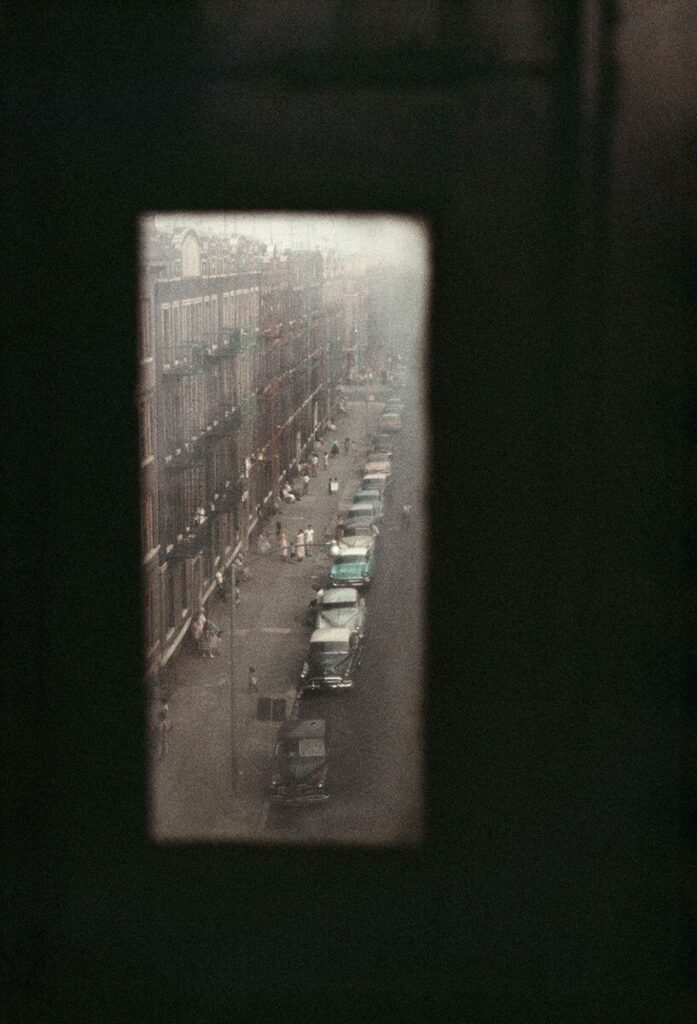
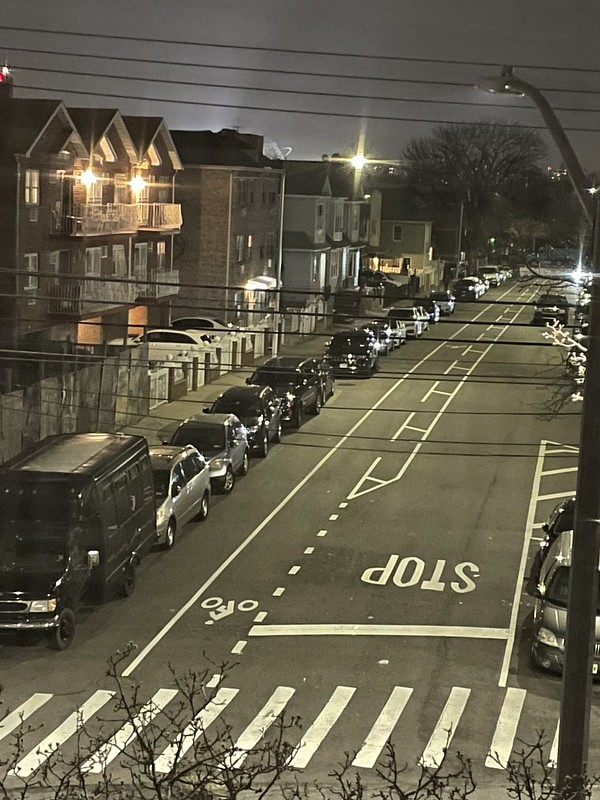






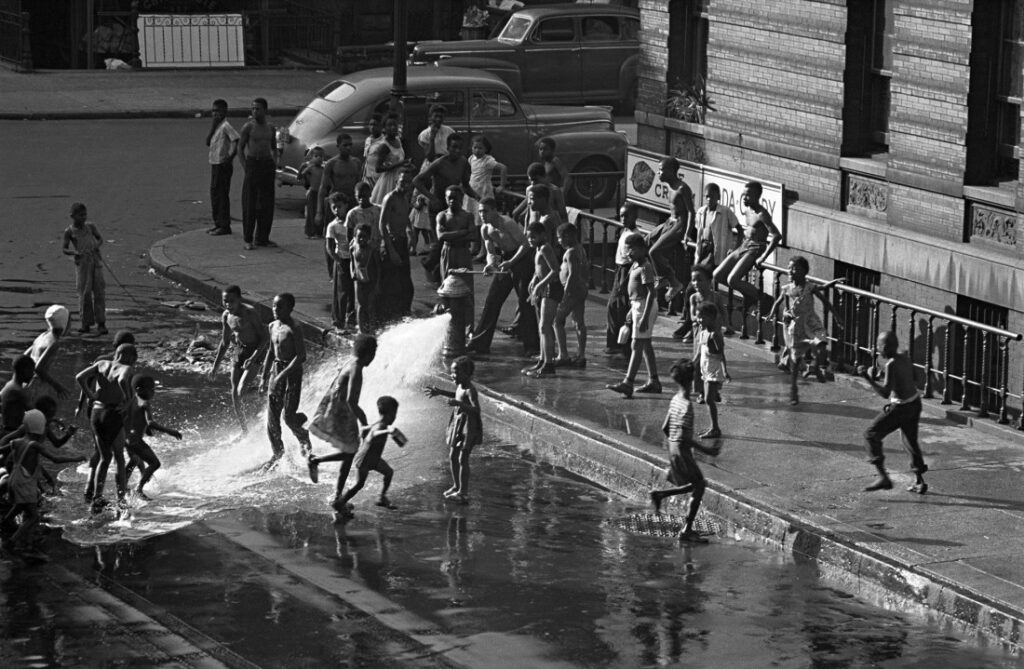
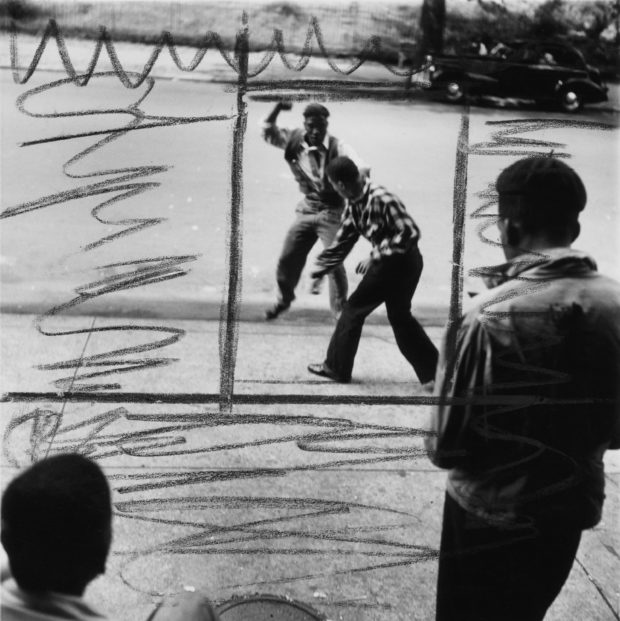
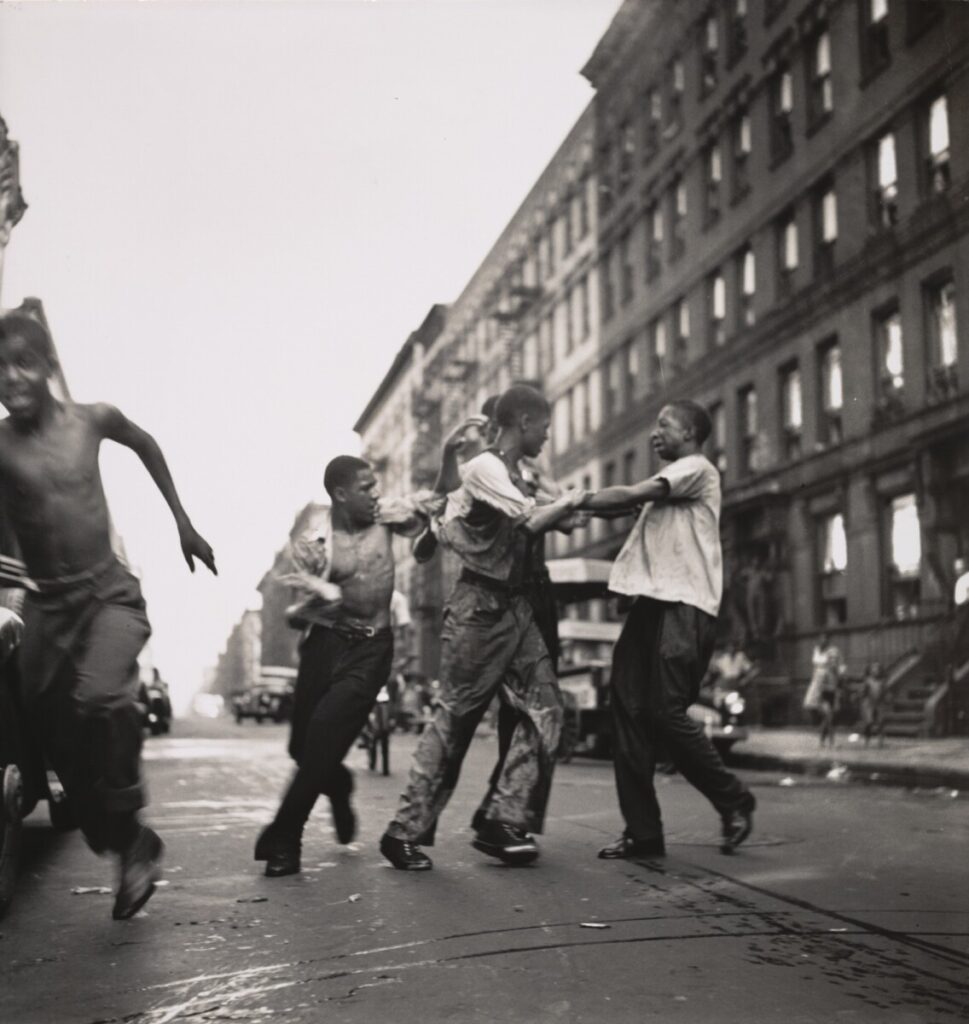





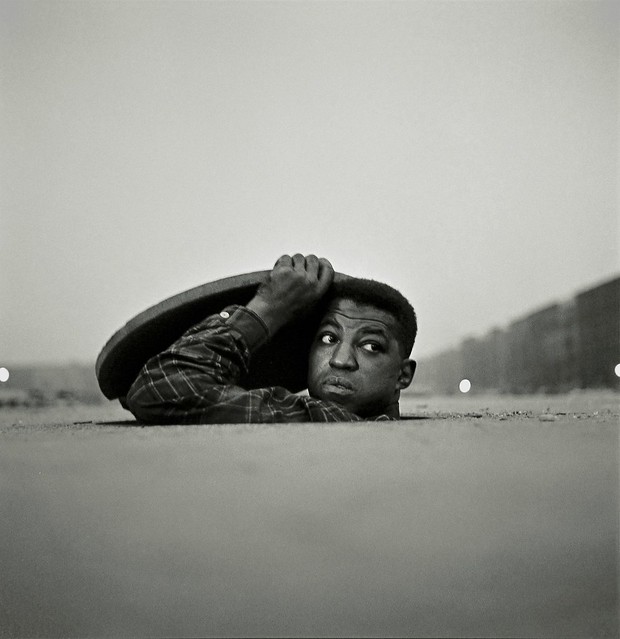


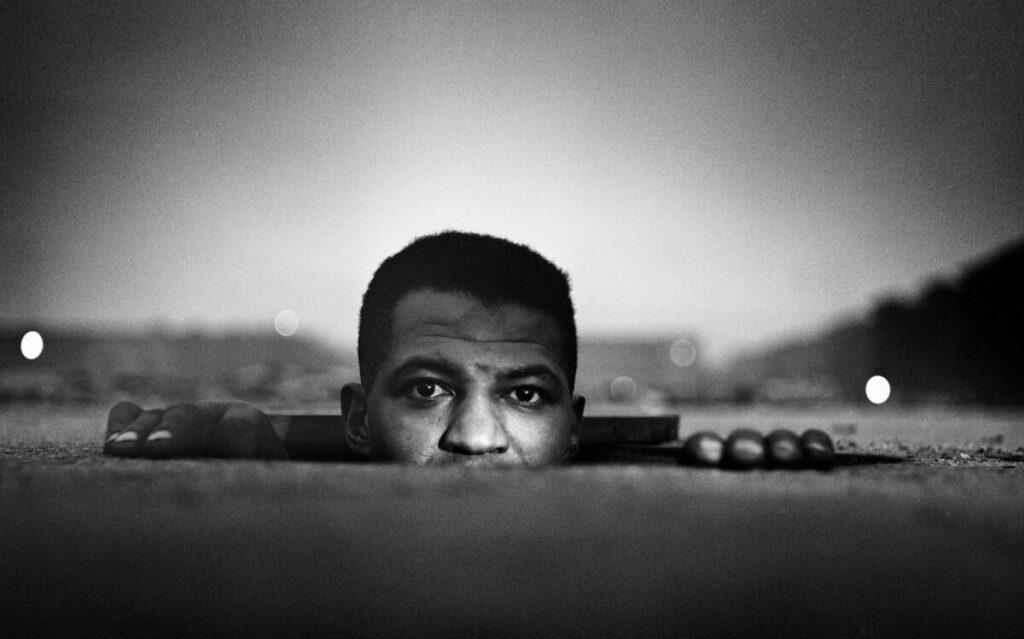
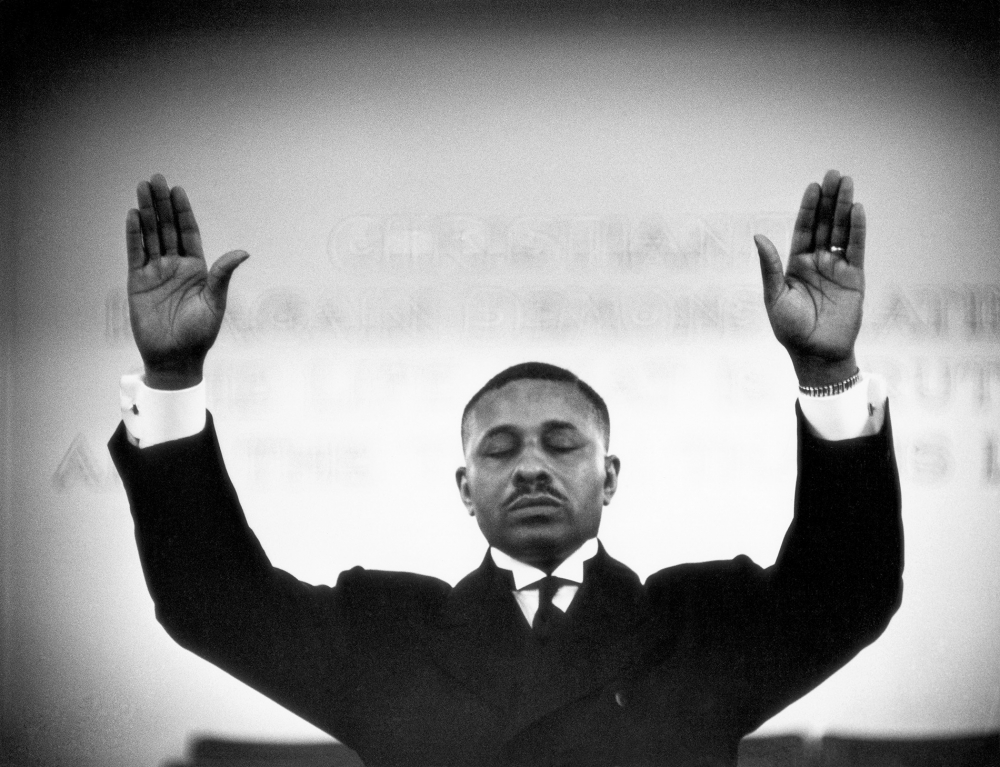
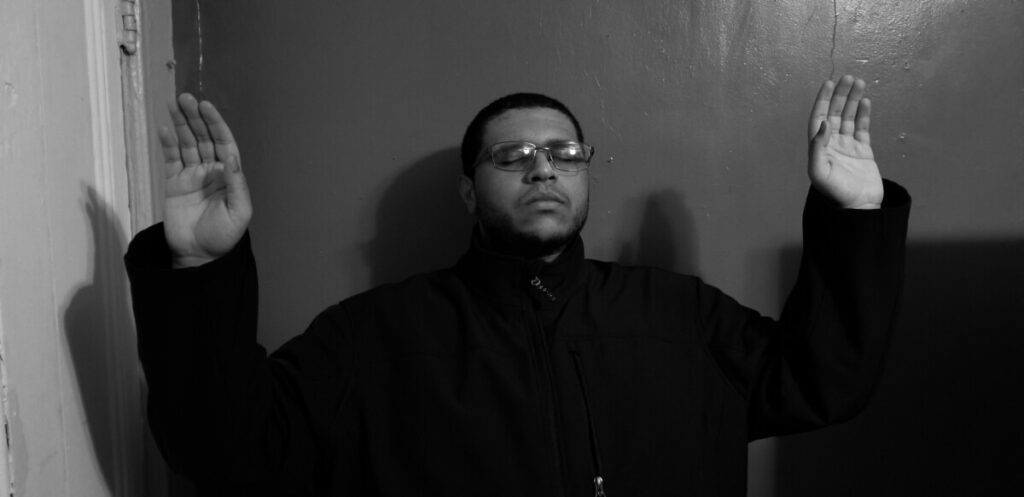
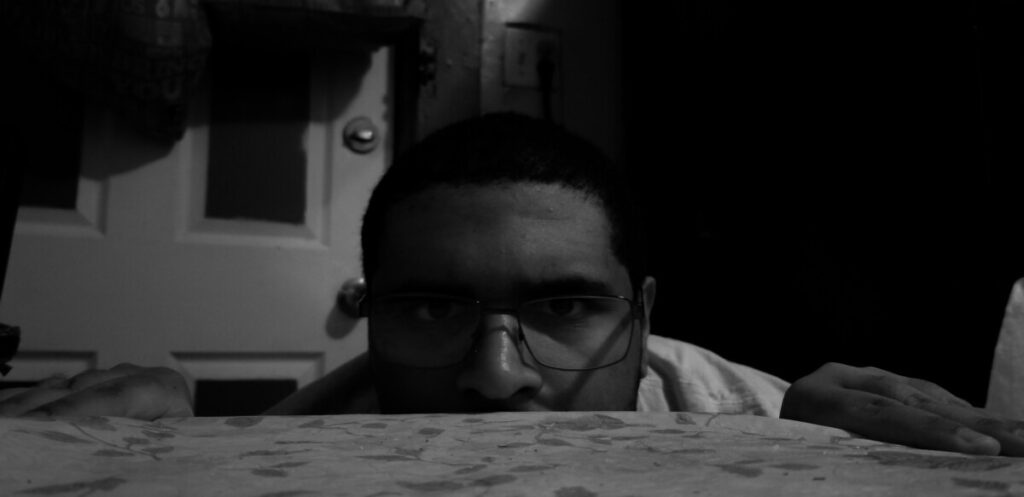

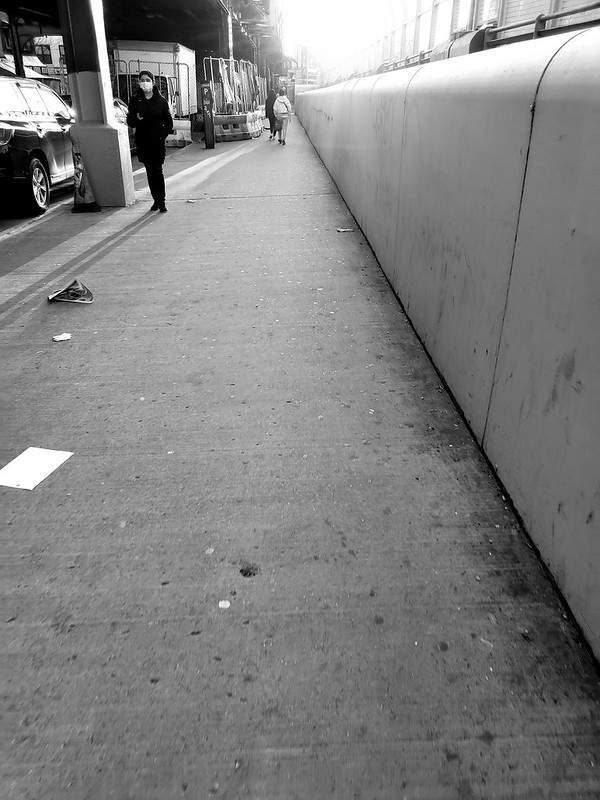




Recent Comments